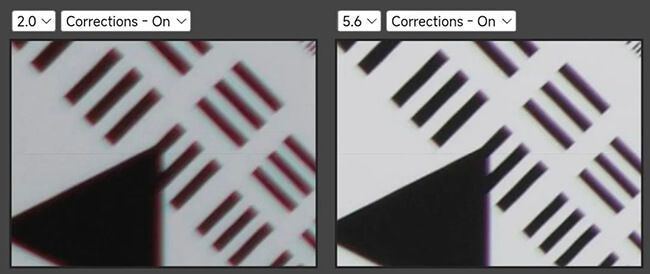DPReview An article testing the image quality of Sony's new compact camera "RX1R III" in a studio setting was published in the journal. The testing method was the same as that for the RX1R II: JPEG format photos had distortion correction applied, while RAW format photos were taken without correction. However, it should be noted that Adobe Camera Raw automatically applies chromatic aberration correction.
Studio Scene Testing
The sensor performance of the RX1R III is as expected. In terms of detail rendering, it is slightly inferior to the Leica Q3 43, but captures finer details than the 42-megapixel RX1R II. Its noise performance is comparable to the Leica Q3 43 and α7CR, which use the same sensor, and is also roughly on par with the older RX1R II of the same size.
The JPEG image engine performs excellently, capable of rendering detailed textures, and maintains sufficient details even at high sensitivities. The color reproduction is similar to that of recent Sony cameras. Compared to the RX1R II era, where greens had a bluish tint and yellows had a greenish tint, such issues seem to have been suppressed.

Lens Performance
At F2 aperture, the lens shows a noticeable drop in peripheral light intensity, which is basically eliminated at F2.8. However, to improve resolution, the aperture needs to be further reduced—improvements can be seen at F5.6. When automatic correction is turned off, a slight barrel distortion appears, but it is only noticeable when shooting test charts or brick walls, etc. After correcting the distortion, the resolution does not drop significantly.

Due to the high pixel count of the sensor, the lens's performance at maximum aperture is somewhat limited, but it can deliver good performance when the aperture is reduced. While a direct comparison isn't entirely possible, its performance near maximum aperture is inferior to that of the Leica Q3 43's lens. In actual shooting scenarios, sharpness is slightly lacking when using aperture values and shooting distances commonly used for portraits, but it delivers the expected performance when shooting landscapes.
Related Tags: Sony
